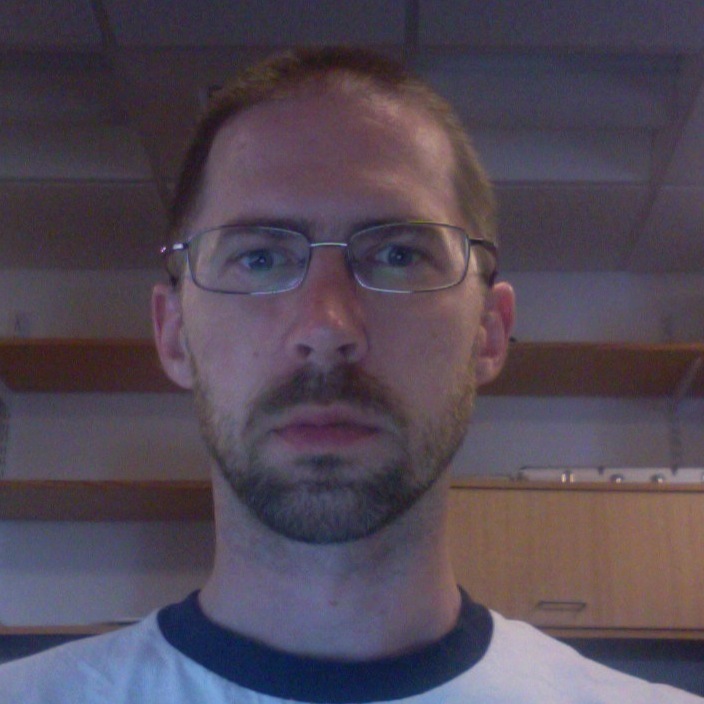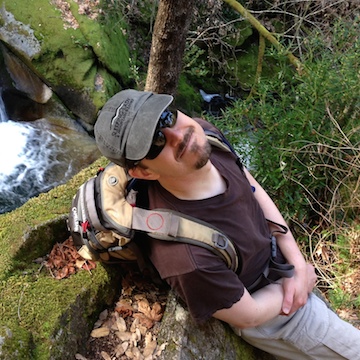Toxic Avenger
Borden Lacy
Vanderbilt University
Published May 21, 2013
While the bacterial toxin that causes anthrax has been used as a deadly biological weapon, from a scientific point of view, it has an upside. "The nice thing about anthrax is that separate proteins make up the toxin," says Borden Lacy. "So long as you keep them apart, it's entirely safe."
If there are nice things to say about other bacterial toxins, she will likely know them. They are her specialty.
Lacy, an associate professor of Microbiology at Vanderbilt University, began her studies of toxins in graduate school at the University of California, Berkeley by looking at the botulinum neurotoxin, which causes muscle paralysis and death at extremely low doses. Of all the toxins Lacy has worked on, it is "the most worrisome," she says. "We had to get vaccinated and we had a special room for working on it."
When Lacy began working on this bacterial toxin and potential biological weapon, no one knew what it looked like. In the late 1990s, she determined the structure and found that the protein looked very different from other bacterial toxins.
The toxin assumes one shape when it makes its way into an endosome in a cell. But as the endosome evolves, its pH drops, causing the toxin to change from a soluble form to a membrane-inserted form, which allows it to form a pore in the membrane. "It was exciting to be the first person to get a glimpse into how this might occur," she says. "It's also guided our thinking about how we could inhibit the toxin or use it for other purposes."
Later, as a post-doctoral fellow in John Collier's microbiology lab at Harvard Medical School, Lacy wanted to know how the anthrax toxin invades cells. Because the toxin proteins can be studied separately, Lacy didn't have to work directly with the anthrax bacterium. Instead, she used E. coli to produce sufficient quantities of the individual proteins to form crystals for x-ray crystallography studies.
Lacy isn't always this fortunate. Recently, in a study of the botulinum toxin progenitor complex, she had to forego x-ray crystallography and instead use electron microscopy because regulations prohibit her from having more than half a milligram of the substance. "Sometimes we just can't have enough material to really pursue getting crystals," she says.
In 2006, Lacy moved to Vanderbilt University, one of SBGrid's biggest sites, along with her husband, Ben Spiller, also a structural biologist and former post-doc at HMS in the lab of Stephen Harrison. They both joined the Center for Structural Biology, which centralizes equipment and resources. "The center makes it easy to use multiple techniques," she says. "It's very open and collaborative and has a critical connection with SBGrid."
As a result, Lacy has applied crystallography, nuclear magnetic resonance, electron microscopy and other methods to her projects and uses several SBGrid-installed applications to do so, including HKL2000, Phenix, Coot and others.
Today, Lacy's work is focused on Clostridium difficile, a bacterium that plagues hospitals. Patients become vulnerable to the bug when they take antibiotics that disturb the normal gut flora. At its mildest, C. diff can cause diarrhea, but at its worst, it can cause life-threatening complications and has a high rate of recurrence.
The bug produces two large protein toxins, weighing in at approximately 300 kilodaltons, so Lacy is collaborating with Melanie Ohi, a former HMS post-doc from the lab of Thomas Walz, to study their structures by electron microscopy. She is also breaking the toxin into smaller domains to study with x-ray crystallography, understand their mechanisms, and potentially discover therapeutic targets.
"In this case maybe more so than some of the other toxins I've worked on, I can clearly see how understanding these structures could help us identify the most effective neutralizing antibodies or small molecule inhibitors or even inform vaccine design," says Lacy.
-- Elizabeth Dougherty



































































































































